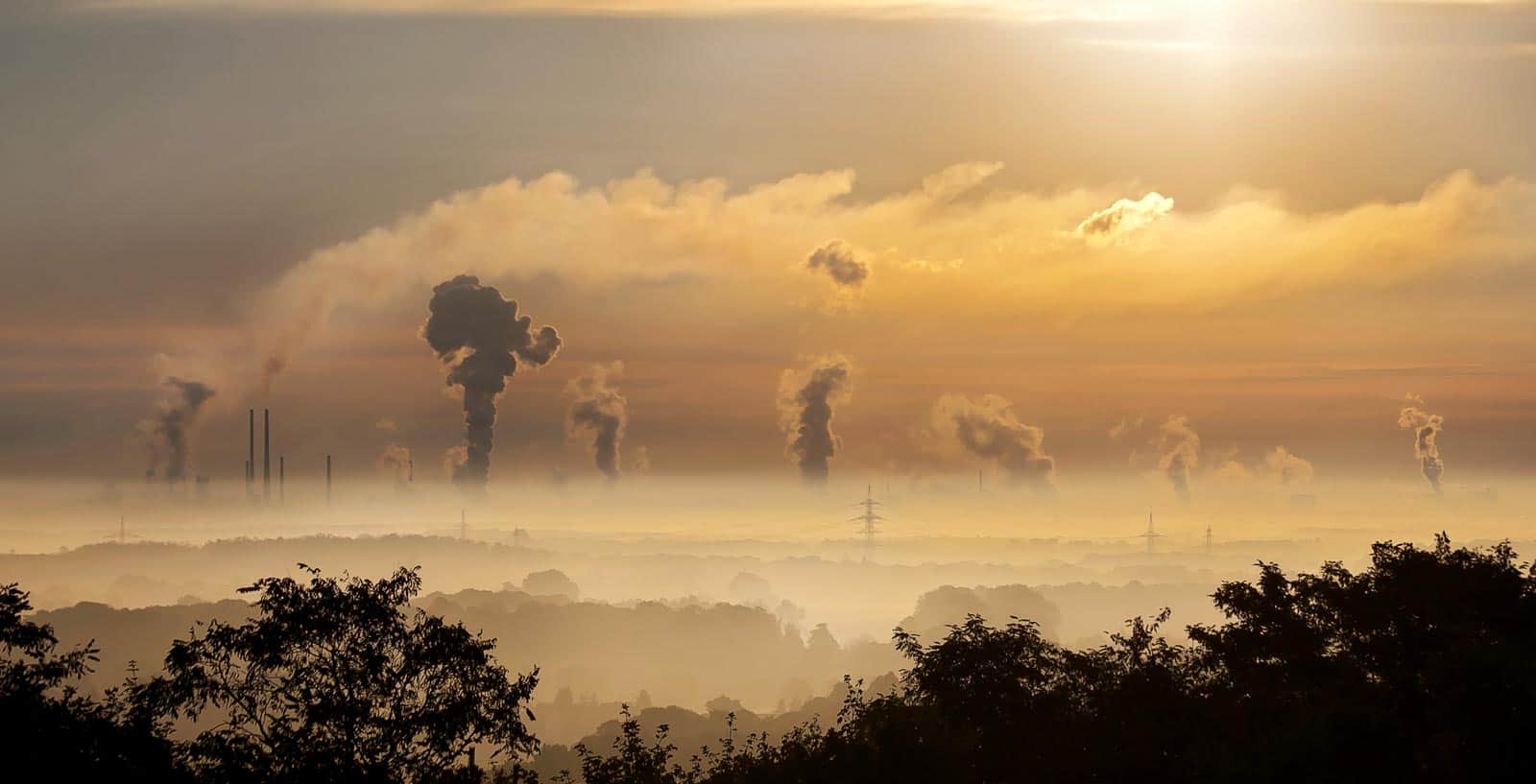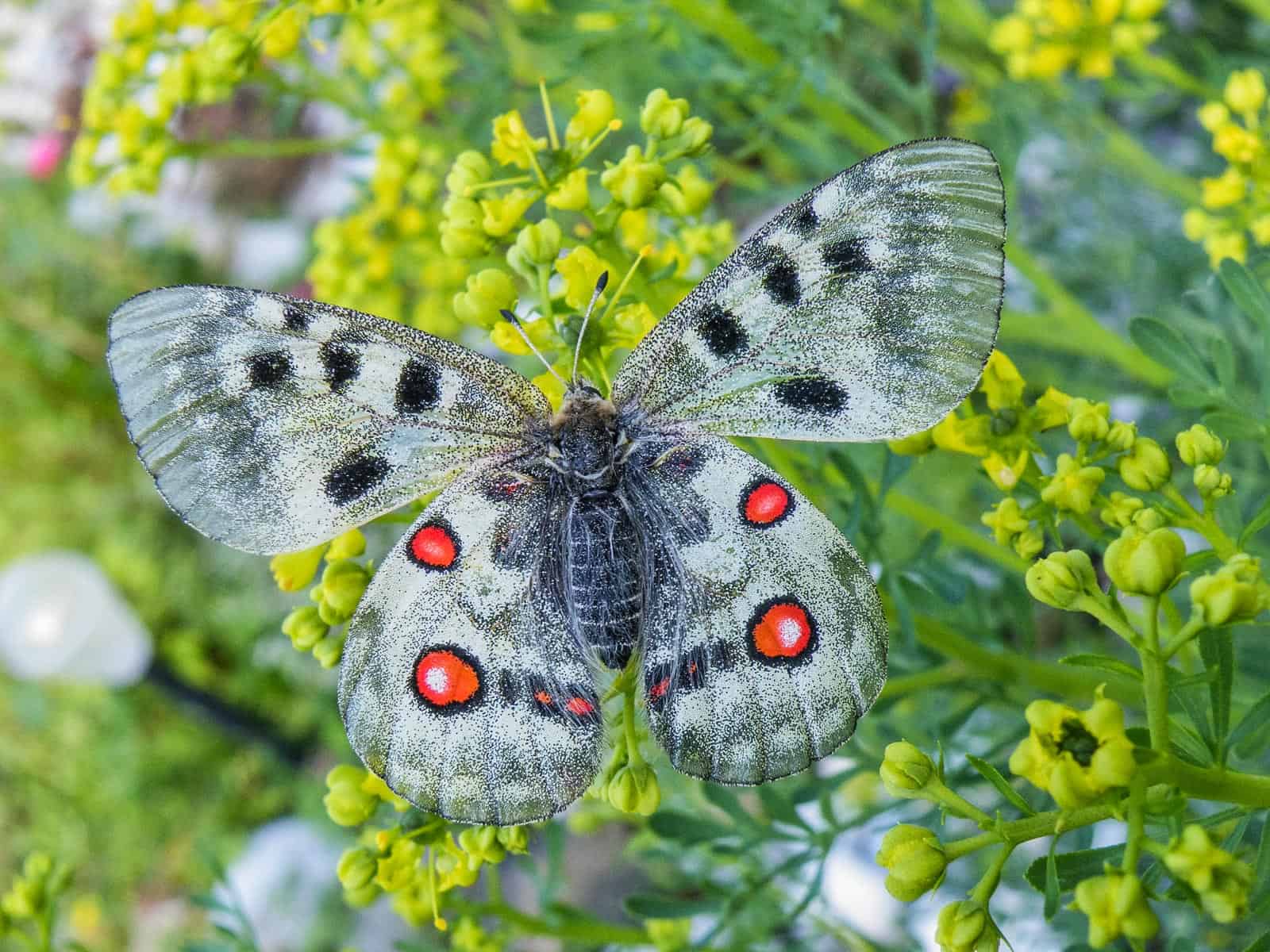How Climate Change Influences Butterflies’ Lives
Just recently, climate change has shown once more its daunting face. Temperatures in central Europe rose to about 20 degrees Celsius and that during the winter month of February. More extreme weather changes and temperature swings are becoming more frequent. Not only humans but also animals and all other life on earth has to adapt somehow to this.
Adaptations in the Animal Kingdom
Animals need certain temperatures for certain activities; e.g. butterflies. These, depending on the particular species of course, only hatch once the weather allows for it. With changing temperatures and seasons however, the butterflies also need to change their life cycle over a year.
The effects of weather on habitats also influences animal life. Animal species need a particular habitat, e.g. a butterfly needs flowers on which it can suckle and plants that the caterpillars eat. If these plants do not grow anymore, the butterflies will also have to look for another habitat.
New Study
A study from the Senckenberg German Entomological Institute Müncheberg and various Universities, among them University of Salzburg and University of Torun, explains that more and more butterfly species are sighted earlier in the year as spring is arriving sooner in these central European countries. These time shifts can be up to two to three entire weeks.
The study disposes of data from 1900 to 2022 from 2275 species of butterflies, including over 250.000 individual samples. The results show that typical spring butterflies like the orange tip (Anthocharis cardamines) or the small white (Pieris rapae) start flying much earlier in recent years than they did before. Butterflies that overwinter as adults also show different flight periods. Similar things happen during autumn, when the butterflies fly longer because the growing season of plants and flowers is prolonged. This allows the butterflies to fly for a longer period of time.
Main Cause
According to the scientists of the study, the main cause of these changes are temperature changes. Moreover, the amount of snow falling during winter also influences the beginning of flight periods for the butterflies. The less snow falls, the faster it disappears again – naturally. Once it is gone and plants and flowers start to bloom, the butterflies also start their flight period.
Only on high mountains, i.e. over 1500 meters above sea level, there was no significant change in the flight period of butterflies. This is because of the snow and the generally colder temperatures that still prevail in these altitudes.
Conclusion
The longer flight periods of some butterflies may have negative effects on the interaction between them and other species. The symbiosis of butterflies and their forage plants has been developed over thousands of years. A rapid change, like the one we are witnessing now, could have fatal impacts on animal as well as plant lives and their survival.








